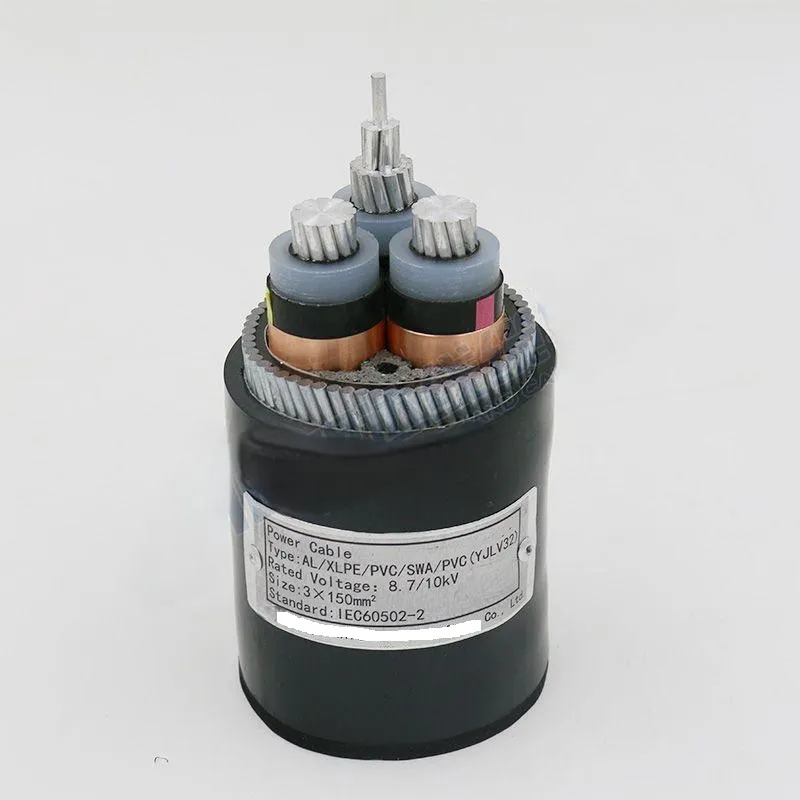10 月 . 22, 2024 00:35 Back to list
Understanding the Functionality and Applications of Butterfly Check Valves in Fluid Systems
Understanding Butterfly Check Valves A Comprehensive Overview
In the world of fluid mechanics and piping systems, valves play a crucial role in controlling the flow of liquids and gases. Among these, the butterfly check valve has gained prominence for its unique design and functional advantages. This article explores what butterfly check valves are, how they work, and their applications in various industries.
What is a Butterfly Check Valve?
A butterfly check valve is a type of flow control device that allows fluid to flow in one direction while preventing backflow. It consists of a circular disk (the butterfly) mounted on a shaft that is located at the center of the valve body. As fluid flows through the valve, the butterfly opens, allowing the fluid to pass. When the flow decreases or reverses, the butterfly closes due to the weight of the disk and the pressure differential across it, effectively sealing the flow path and preventing any backflow.
Design Features
The design of the butterfly check valve is distinctive and contributes to its effectiveness and efficiency. The streamlined shape of the disk minimizes resistance to flow, resulting in lower pressure drops compared to other check valves. Butterfly check valves can be constructed from various materials, including stainless steel, plastic, and cast iron, making them suitable for different applications and fluid types.
Additionally, the compact design of butterfly check valves allows for easy installation in tight spaces, making them an attractive option for numerous piping systems. They can be oriented in any position, offering versatility in installation.
How Butterfly Check Valves Work
The operation of a butterfly check valve is relatively straightforward. When fluid enters the valve, it pushes against the butterfly, causing it to pivot and open the flow path. As the pressure of the incoming fluid builds, the butterfly remains open, allowing for uninterrupted flow. If there is ever a decrease in pressure or a reversal of flow—perhaps due to a sudden drop in pressure downstream or a pump failure—the inherent weight of the butterfly automatically shuts it, re-establishing a seal against backflow.
butterfly check valve

This automatic closing feature is essential for protecting pumps, compressors, and other downstream equipment from potential damage caused by reverse flow.
Applications
Butterfly check valves are used in a variety of industries, thanks to their effectiveness and reliability. They are commonly found in water supply systems, wastewater treatment plants, and industrial processes. Additionally, these valves can be used in oil and gas applications, chemical processing, and HVAC systems, where controlling the direction of fluid flow is critical.
The ability of butterfly check valves to handle large volumes of fluid with minimal energy loss makes them ideal for applications involving high flow rates. Furthermore, their low maintenance requirements and durable construction contribute to their longevity and cost-effectiveness in various installations.
Advantages and Disadvantages
Among the advantages of butterfly check valves are their low-pressure drop, lightweight design, and ease of operation. These factors often translate into lower operating costs and increased efficiency in piping systems.
However, there are some disadvantages to consider. For instance, butterfly check valves may not be suitable for all types of fluids, particularly those containing solids or slurries, which can hinder the valve's operation. Additionally, in scenarios where a complete seal is paramount, other valve types may provide better results.
Conclusion
In summary, butterfly check valves are an essential component in fluid control systems across numerous industries. Their unique design, operational efficiency, and ease of installation make them a preferred choice for many engineers and system designers. Understanding their function and application is crucial for maintaining the integrity of piping systems and ensuring the proper management of fluid flow. As technology advances, butterfly check valves will likely continue to evolve, offering even more benefits for diverse applications in the future.
Share
-
Understanding the Differences Between Wafer Type Butterfly Valve and Lugged Butterfly ValveNewsOct.25,2024
-
The Efficiency of Wafer Type Butterfly Valve and Lugged Butterfly ValveNewsOct.25,2024
-
The Ultimate Guide to Industrial Swing Check Valve: Performance, Installation, and MaintenanceNewsOct.25,2024
-
Superior Performance with Industrial Swing Check Valve: The Essential Valve for Any SystemNewsOct.25,2024
-
Industrial Swing Check Valve: The Ideal Solution for Flow ControlNewsOct.25,2024
-
You Need to Know About Industrial Swing Check Valve: Functionality, Scope, and PerformanceNewsOct.25,2024